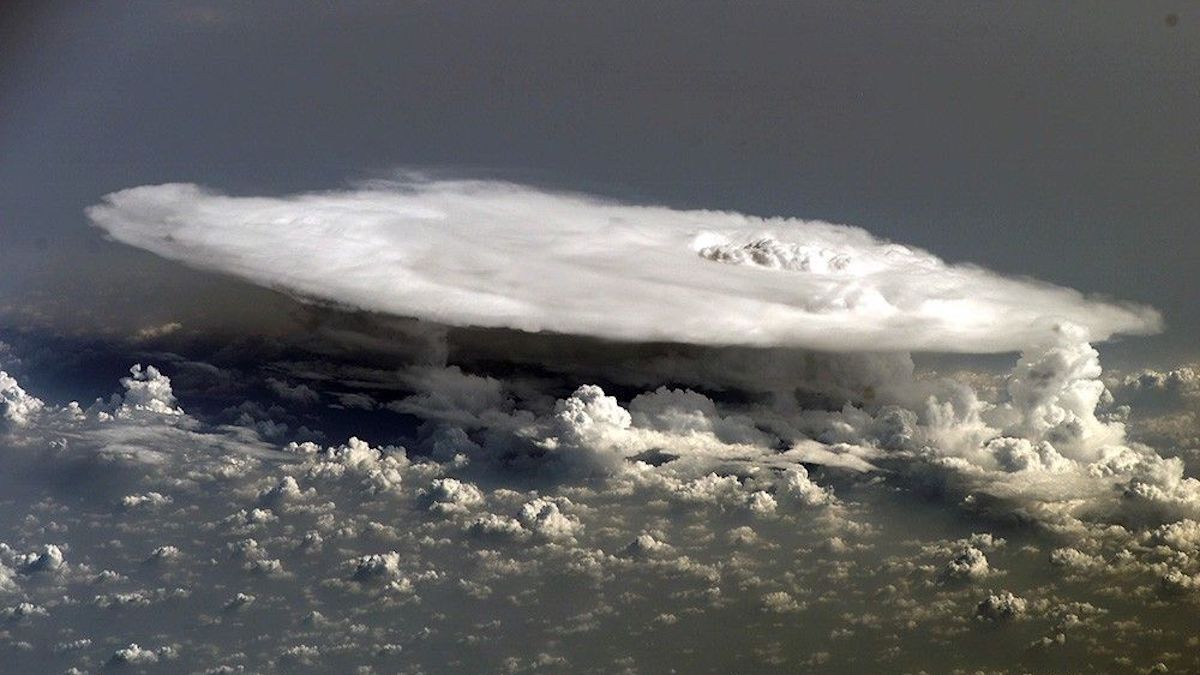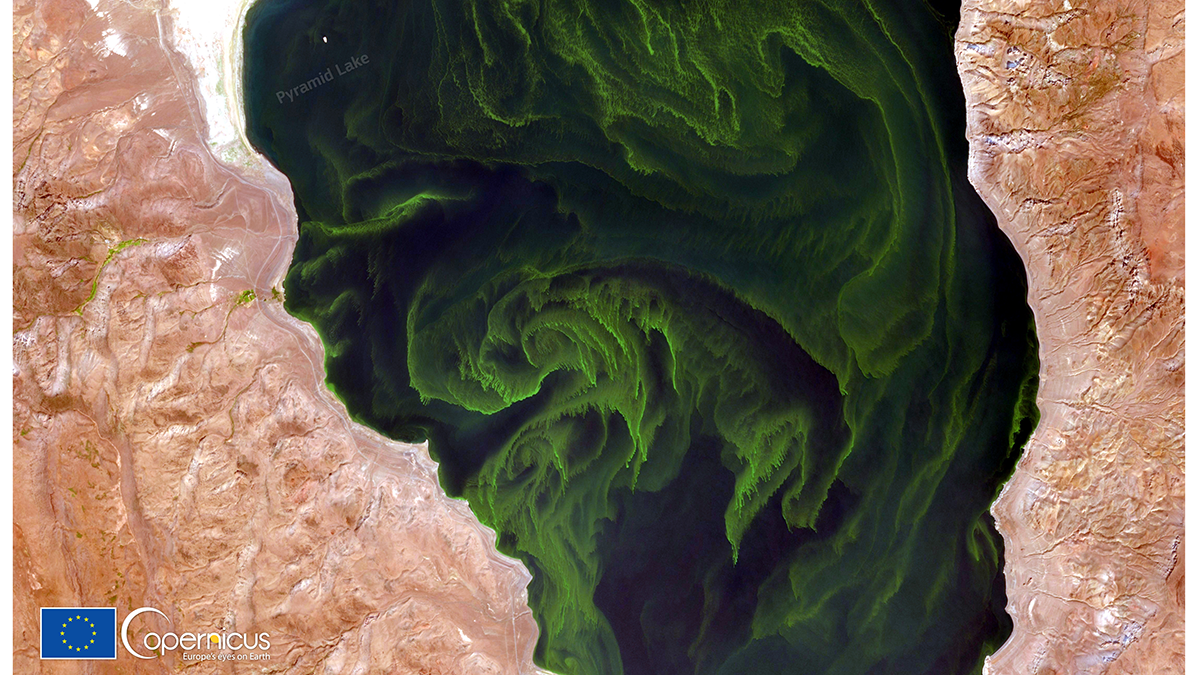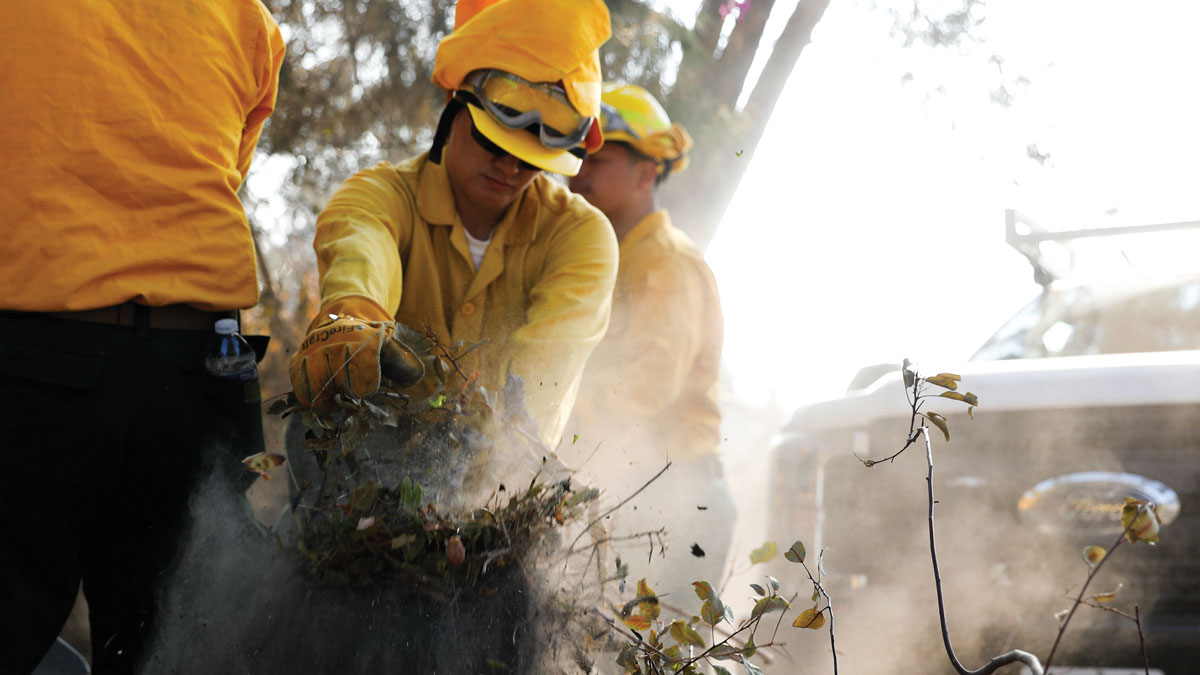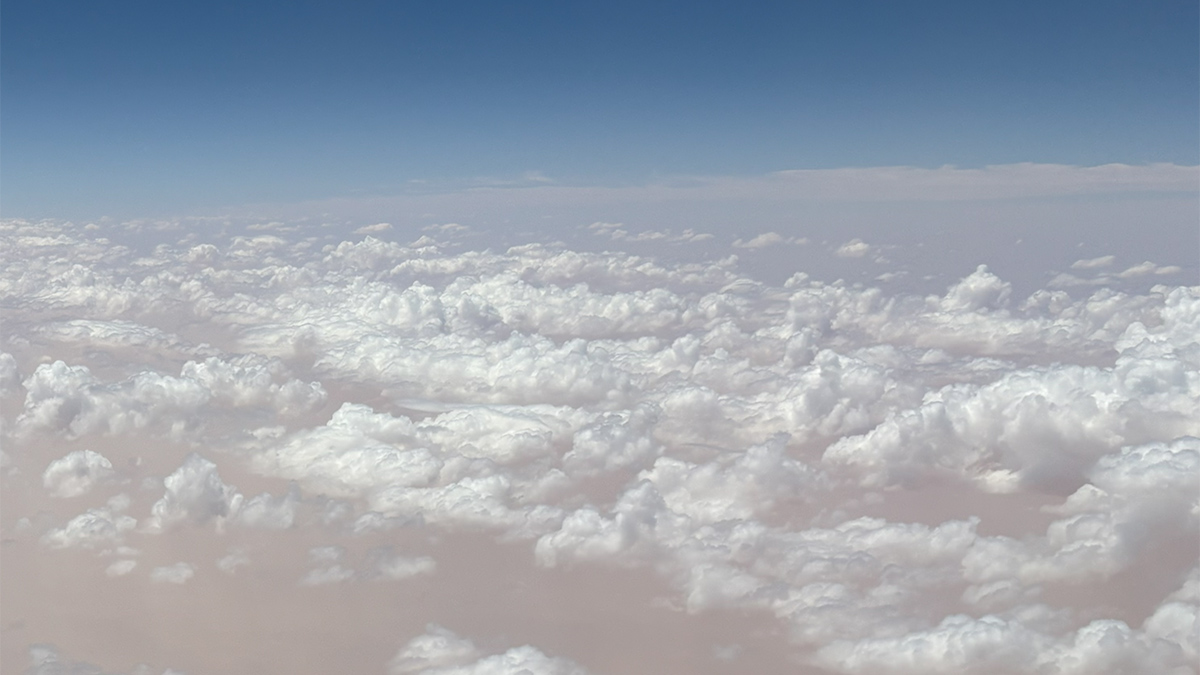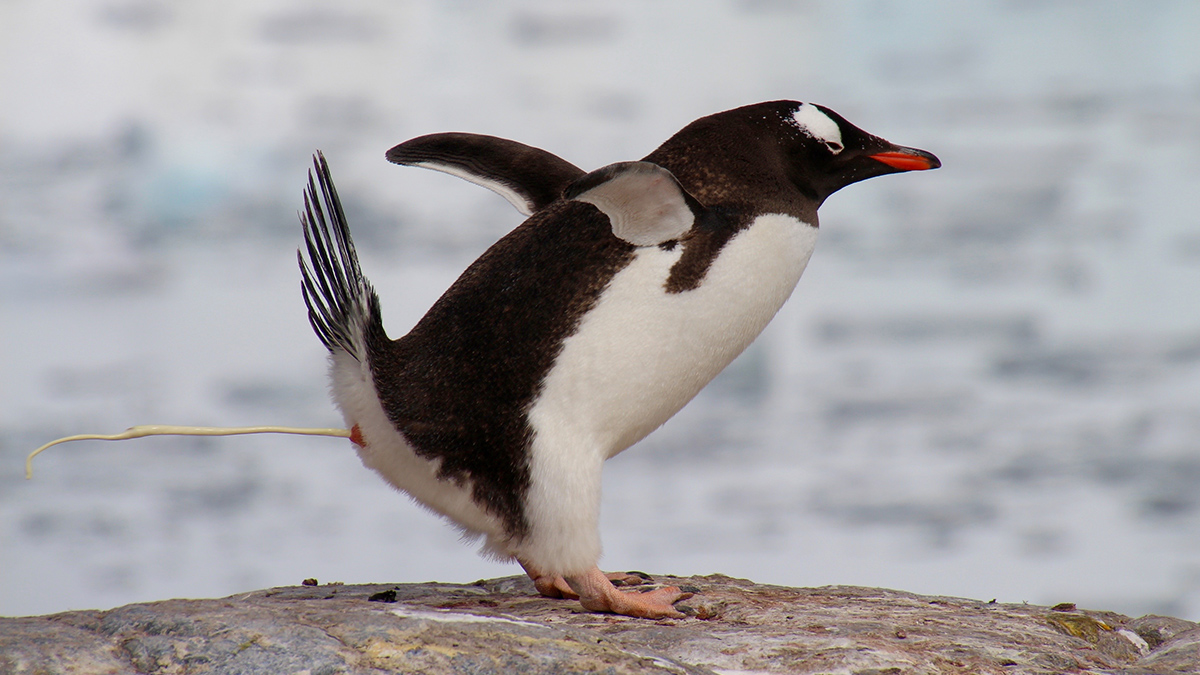Earth’s typically pristine stratosphere is filling with particles from wildfires and additional moisture due to strong convective storms.
aerosols & particles
全球气候模型需要全面纳入氮循环
氮在气候变化、人类健康和农业等领域发挥着重要作用。一位研究人员认为,气候模型若能更全面地纳入氮的影响,将会受益匪浅。
Global Climate Models Need the Nitrogen Cycle—All of It
Nitrogen plays important roles in areas including climate change, human health, and agriculture. A researcher argues that climate models would benefit from more fully incorporating its influence.
Donde hay fuego, hay humo
Utilizando los instrumentos de monitoreo existentes y nuevos, investigadores trabajan para comprender mejor la calidad del aire durante y después de los incendios forestales de Los Ángeles.
Dust Is the Sky’s Ice Maker
New analysis links desert dust to cloud freezing, with big implications for weather and climate models.
Where There’s Fire, There’s Smoke
Using both existing and newly launched monitoring instruments, researchers work to better understand air quality during and after the Los Angeles wildfires.
From Aerosols to Clouds: Testing Models with a Convection Cloud Chamber
Researchers benchmark seven cloud models against cloud chamber measurements to reveal how well models capture aerosol-cloud-turbulence interactions and where models still diverge.
Fallowed Fields Are Fueling California’s Dust Problem
New research shows that unplanted agricultural lands are behind most of the state’s anthropogenic dust events.
Pungent Penguin Poop Produces Polar Cloud Particles
The discovery highlights how penguins and other polar seabirds help shape their environments, even as they are under threat from climate change.
Heat and Pollution Events Are Deadly, Especially in the Global South
Researchers found that the combination of heat waves and high PM2.5 pollution led to nearly 700,000 premature deaths in the past 30 years—most of which occurred in the Global South.

